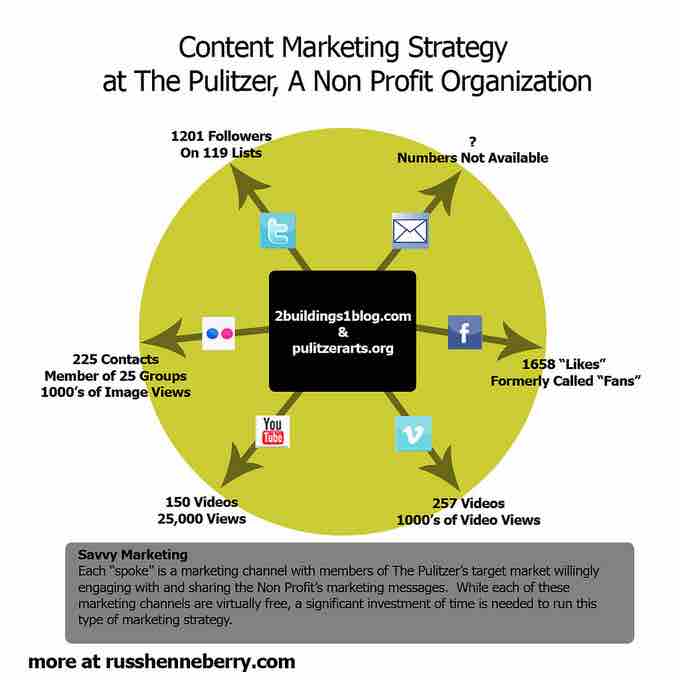Societal Role & Non-profits
While for-profit organizations exist to produce profit, non-profit institutions exist to benefit a society, regardless of whether profits are achieved.
Non-profits are allowed to generate revenue, but must do so in specific ways to maintain their non-profit status. Non-profit marketing seeks to accomplish goals that can cover a wide range of focus areas including education, youth development, environmental protection, healthcare, poverty and spirituality. However, companies that adopt fair trade or environmental sustainability business practices also develop organizational philosophies that consider its obligations to the communities they impact.

Non-Profit Marketing Strategy
This is often driven by the mission to improve one or many aspects of society.
Non-profit Marketing and Cause-Related Marketing
Non-profit marketing is mission-driven marketing using the organization's core mission as the foundation and marketing communications as the focus. Central to this mission-driven marketing philosophy is adherence to the organization's core values, and using its mission statement as the basis for planning and implementation of marketing strategy. Corporations also use mission-driven marketing to promote the goals of the organization as outlined in its mission statement and to communicate the benefits of achieving those goals to its stakeholders. However, for-profit companies measure success in terms of the bottom line; that is, profitability, their ability to pay stock dividends or to repay loans.
Despite their opposing objectives, for-profits and non-profits often come together to implement cause marketing programs. Cause marketing or cause-related marketing activities involve the collaboration of for-profit businesses and non-profit organizations for mutual benefit. One example would be the partnership of Yoplait's "Save Lids to Save Lives" campaign in support of Susan G. Komen for the Cure. The company packages specific products with a pink lid that consumers mail to Yoplait. In turn, Yoplait donates 10 cents for each lid.
Used more broadly, cause marketing efforts often refer to any type of marketing effort for social and other charitable causes, including in-house marketing efforts by non-profit organizations. Cause marketing differs from corporate giving, since corporate philanthropy typically involves a tax-deductible donation.
Corporate Social Responsibility (CSR)
Domestic and international scandals including environmental disasters, financial crises and human rights violations have prompted global companies to integrate corporate social responsibility (CSR) into their business.
CSR looks at how different business functions affect people and the environment, and integrates practices that positively impact society, employees and nature. Companies are manufacturing more goods, hiring more local labor, and utilizing more raw materials and resources extracted from the environment in international locations. To reduce the negative impact of their factories, production sites and supply chains, major brands have committed to sustainability targets that aim to reduce their carbon emissions and give back to the larger global community.
It is the overall opinion of a company that earns consumer support and loyalty. Marketing messages are used to shape consumer opinion. The right marketing stimulates trade. The marketing message, especially one based on societal benefit or good, shapes consumer buying decisions. The more the message resonates with the buyer and answers their questions, the more sales will increase.
More and more brands are integrating CSR into their businesses to improve their brand image, increase profits and position themselves favorably in competitive markets.